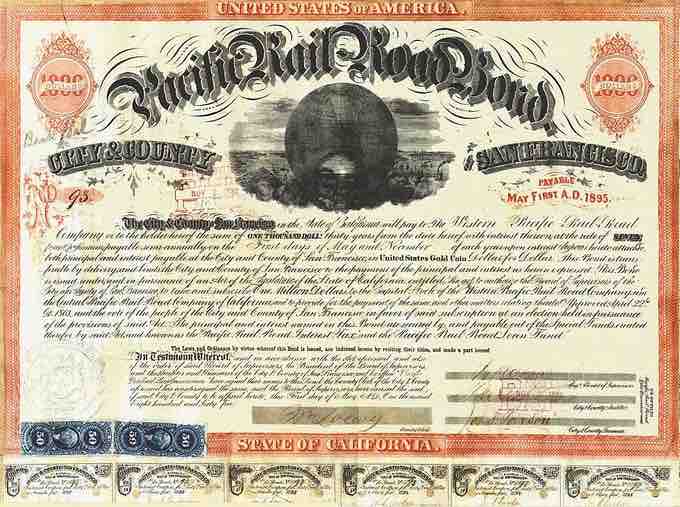Occasionally a bond may contain an embedded option. That is, it grants option-like features to the holder or the issuer. A callable bond (also called redeemable bond) is a type of bond that allows the issuer of the bond to retain the privilege of redeeming the bond at some point before the bond reaches its date of maturity. In other words, on the call date, the issuer has the right, but not the obligation, to buy back the bonds from the bond holders at a defined call price. Technically speaking, the bonds are not really bought and held by the issuer. They are instead cancelled immediately.
Call dates are the dates on which callable bonds can be redeemed early.
There are three main categories.
- A Bermudan callable has several call dates, usually coinciding with coupon dates.
- A European callable has only one call date. This is a special case of a Bermudan callable.
- An American callable can be called at any time until the maturity date.

Redeemed Bonds
This Bond is one of the 400 issued to the Central Pacific Rail Road Company of California and 200 to the Western Pacific Rail Road Company in 1865 under the Act of the California Legislature passed on April 22, 1863. Coupon #1 was redeemed and cancelled on November 2, 1865, and coupon #35 on November 2, 1882, at which time the principal of $1,000.00 in gold coin was also paid from the Treasury of the City and County of San Francisco and the Bond was cancelled.
Most callable bonds allow the issuer to repay the bond at par. With some bonds, the issuer has to pay a premium, known as the call premium. This is mainly the case for high-yield bonds. These have very strict covenants, restricting the issuer in its operations. To be free from these covenants, the issuer can repay the bonds early, but only at a high cost.
The issuer has an option, for which it pays in the form of a higher coupon rate. If interest rates in the market have gone down by the time of the call date, the issuer will be able to refinance its debt at a cheaper level. The issuer will be incentivized to call the bonds it originally issued. Another way to look at this interplay is that as interest rates go down, the price of the bonds goes up. Therefore, it is advantageous to buy the bonds back at par value. With a callable bond, investors have the benefit of a higher coupon than they would have had with a straight, non-callable bond. On the other hand, if interest rates fall, the bonds will likely be called, and they can only invest at the lower rate.
The price behavior of a callable bond is the opposite of that of puttable bond. Since call option and put option are not mutually exclusive, a bond may have both options embedded.
Price of callable bond = Price of straight bond – Price of call option
Price of a callable bond is always lower than the price of a straight bond because the call option adds value to an issuer. Similarly, yield on a callable bond is higher than the yield on a straight bond.